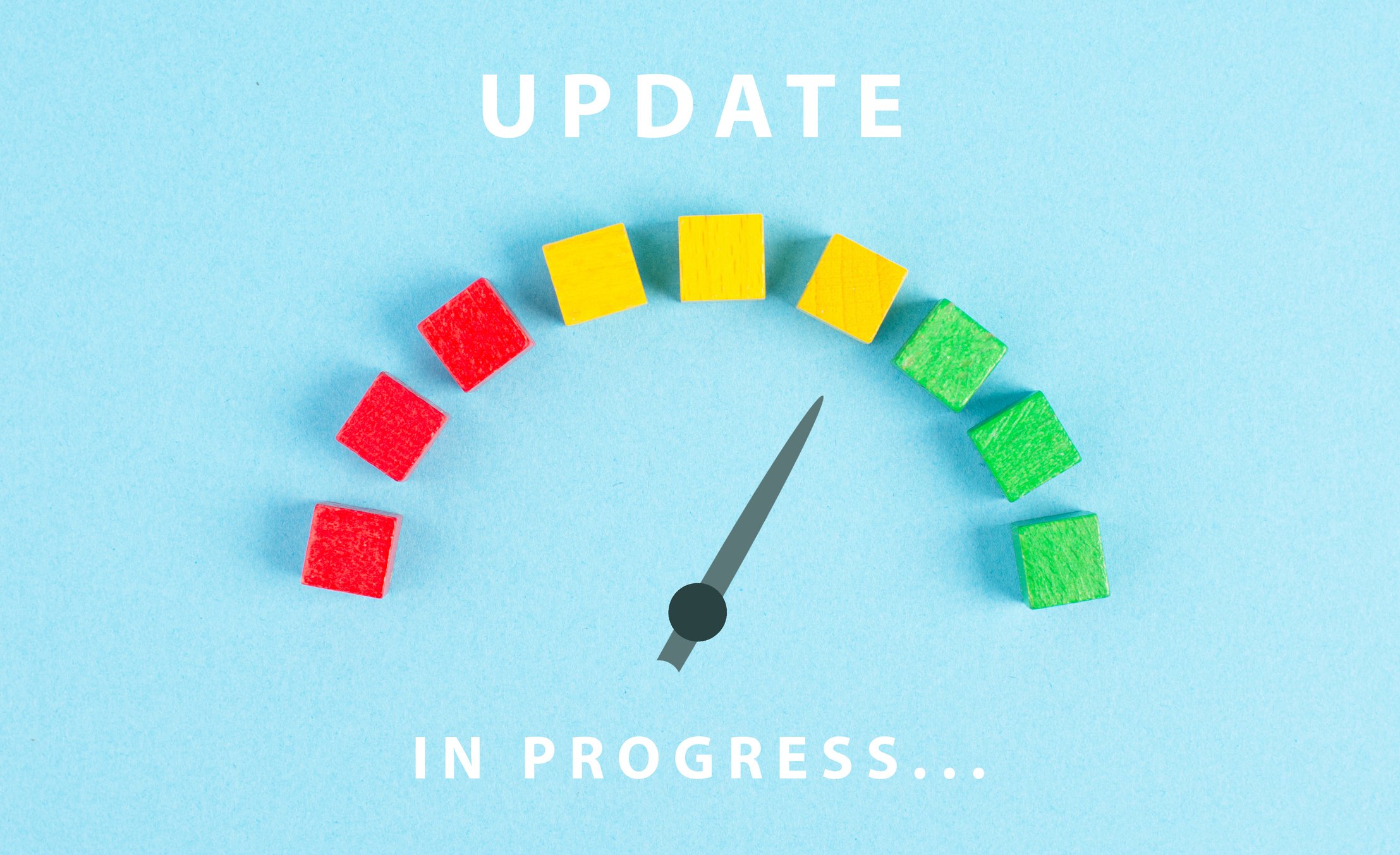Congress passed the Setting Every Community Up for Retirement (SECURE) Act in 2019, which brought sweeping changes to the world of retirement planning. Almost three years to the day later, President Biden signed the Consolidated Appropriations Act of 2023 into law. This spending bill included the long-awaited retirement planning bill known as SECURE Act 2.0.
The bill is a doozie, spanning thousands of pages and touching on everything from emergency savings accounts to split-interest gifts. Notably, it’s brought new beefed-up incentives for small businesses and small business owners to set up and fund retirement plans. Here are the ten changes you need to know if you’re self-employed and thinking of starting a retirement plan or saving to one currently.
- Introduction of new ‘starter’ 401k plans for small businesses
Never one to shy away from complexity, Congress rolled out yet another type of retirement plan. But its weak sauce. The plan is designed as a steppingstone to a full 401k for small businesses that haven’t yet started a retirement plan. It’s a gateway 401k to get you to the real deal later.
The plan has mandatory auto-enrollment (unless an employee proactively opts-out), can only be funded by employee salary deferrals, and has a deferral limit equal to that of an IRA. It isn’t really any different than a payroll deduction IRA, but the auto-enrollment feature means its can sweep up the lazy savers, too.
Americans may be as much as twelve times more likely to save for their retirement if they have access to a workplace retirement plan (i.e. its easy). The starter 401k makes it alarmingly easy, and the existence of a Qualified Default Investment Alternative (QDIA) in 401k plans means an employee can be auto piloted through enrollment paperwork, selecting a savings rate, and even picking their investments.
- Retroactive Solo(k) deferrals for Sole Proprietors
Solo(k) plans have been an excellent vehicle since their initial rollout but managing different timelines for making an employee elective deferral and an employer profit sharing contribution was always arbitrary. It’s one in the same person when dealing with a solo(k), and the calendar year deadline for the former and tax-filing deadline for the latter just stoked confusion.
SECURE 2.0 fixed this and moved the deadline for employee elective deferrals to the tax filing deadline not including any extensions. This now matches the deadline for employer profit sharing contributions, though profit sharing contributions can still be made up to the tax filing deadline including extensions. This is a big deal, especially for seasonal businesses that earn most of their revenue and profits in the fourth quarter and may not always have the cash on hand by 12/31 to make that elective deferral.
- New tax credits available to start a retirement plan
Starting up a new plan just got less expensive. While startup costs on small business plans are generally low and amount to a few thousand dollars in most cases, it can still be enough of a hurdle to discourage getting started. Effective in 2023, employers with fewer than 50 employees will see the retirement plan start up credit expanded from 50% to 100% of plan start-up costs subject to the current limitations.
Remember, credits are not the same thing as a deduction. A credit directly reduces your tax bill dollar for dollar while a deduction reduces the amount of income that is recognized when calculating your total tax bill. Credits are always better. Here’s a breakdown of a $2,000 credit vs. a $2,000 deduction to put a fine point on it:
Beyond that, as an employer you will be eligible for additional credits due to contributions you make to employee accounts in the plan during the first four years.
- Catch up contribution limits are increased
Catch up contribution limits are increasing across the board. IRA catch up contributions are finally indexed for inflation 20+ years after first being introduced. This is notable since it is the only annual retirement contribution limit that was not indexed for inflation.
Additionally, 401(k) and 403(b) catch-up contributions will increase for a limited number of people beginning in 2025. If you are 60, 61, 62, or 63, then you will have the ability make catch up contributions equal to the greater of $10,000 or 150% of the future indexed-for-inflation catch up amount. SIMPLE IRAs will have a $5,000 or 150% limit.
- Catch up contributions limited to Roth only for high wage earners
Starting in 2024, high wage earners in some plans will only be allowed to make catch-up contributions in the form of a Roth contribution. The rule only applies to 401(k)s, 403(b)s, and governmental 457(b) plans (but not 457(f) plans). SIMPLE IRAs are also excluded from this rule.
The language that defines who gets hit with this specifically states that its those whose wages for the preceding calendar year from the employer sponsoring plan exceed $145,000. This is clunky and leaves some potential planning opportunities on the table.
For example, this hits wage earners specifically. If you take the bulk of your compensation from stock options, partnership distributions, or pass-through profits on a schedule C as a sole proprietor you can easily skirt this rule. This may not be the intent of Congress and future revisions could be coming.
Moreover, the language also refers specifically to wages from the previous calendar year from the employer sponsoring the plan. So, what happens if you switch firms? Your prior year wages are not from the current plan sponsor, which makes it appear as though you are in fact still eligible for pre-tax catch up contributions!
To throw a final wrench into this, not all plans even offer a Roth option in the first place. So those higher wage earners who can only make Roth catch-up contributions may not have any place to deposit them. SECURE Act 2.0 tackles this head on. It states that when someone is eligible for Roth catch up contributions but can’t make them, then nobody in the plan is allowed to make catch up contributions! It’s spoiled for everyone.
The easiest workaround is simply to add a Roth component to your company’s retirement plan.
- EmployER money can now be Roth
One of the more confusing parts to any solo(k) or other small business retirement plan is the difference between an employee elective deferral and an employer profit sharing contribution. When it’s just you, its one and the same. So that fact that the employer money could only ever be pre-tax made little sense and had no real practical justification! But that’s been changed.
Employer profit sharing contributions and matches can now be made on a Roth basis. The contributions are included in the employee’s gross income for the year and are non-forfeitable (i.e. the employee immediately owns it and is not subject to a vesting schedule).
The non-forfeitable aspect of this is something to take note of as a business owner. Vesting schedules have long been an employee retention tool and eliminating it via Roth contributions could impact you. These may be best for safe harbor contributions that are non-forfeitable anyway, or for self-employed individuals in a single-member plan such as a SEP IRA or Solo(k).
- Employers can match student loan repayments as opposed to retirement plan contributions
Starting in 2024, employer matches can be based on student loans repayments as opposed to employee elective deferrals. Match money is still deposited to the company retirement plan and the vesting and matching schedules used for contributions must be the same as the ones for student loans.
This feels like a change for the better. Younger talent saddled with student loans will no longer be forced to choose between saving for retirement and paying down loans. As an employer, you can help them do both. This is a game changer.
- RMDs eliminated for Roth accounts in employer plans
Beginning in 2024, designated Roth accounts in employer-sponsored retirement plans will no longer have Required Minimum Distributions (RMDs). This puts these accounts on par with Roth IRAs, which have never had RMDs, and eliminates the need to roll these assets out of an employer plan in order to continue the tax-free compounding.
- Easier access when retiring early
Early retirement is a tangible goal for many business owners, but retirement accounts can’t be accessed easily until at least age 59.5. Rule 72(t) was created to help solve this but the rules around it have always been stringent. SECURE Act 2.0 relaxes some of these.
First and foremost, the new laws establish a safe harbor for annuity payments meant to satisfy rule 72(t). Now any annuity payment is deemed to be “substantially equal” if its payable over a period of time and qualifies as a bonified annuity payment under section 401(a)(9).
Secondly, partial rollovers or transfers of accounts from which 72(t) distributions are being made are now permissible. Previously, doing so would have triggered retroactive 10% penalties on all 72(t) distributions to date! The total distributions from the new rollover/transferred account plus the old 72(t) account must still total the amount that would have otherwise come out of just the one account.
- Creation of SEP and SIMPLE Roth IRAs
SEP and SIMPLE IRAs now have a Roth option. Previously the only money that could land in these plans was pretax. This sounds like a sea change but is more of a convenience factor than anything else. You could always make a pre-tax contribution and immediately convert a SEP IRA, or contribute and convert after the two-year holding period in a SIMPLE IRA. Allowing a designated Roth account just saves some extra time and effort.
These changes leave room open for new planning strategies. Increased catch up contributions can be used to juice savings, especially for married couples with one spouse below the new $145,000 deductible limit. Employer Roth money and SEP/SIMPLE Roth accounts are fertile ground for business owners with strong cash flow but little taxable income, and the expanded credits to start a plan will make this a no-brainer for many.
Perhaps most notable of all, the SECURE Act 2.0 left backdoor Roth IRAs and the mega-back door Roth strategies untouched. No changes were made to who can complete a Roth conversion, and no restrictions were added to Qualified Small Business Stock (QSBS). These are all outstanding planning tools for small business owners and self-employed practitioners. The rules are more complex but the efficacy of some of the most powerful planning strategies are still intact.
If you’re considering starting up a plan, or you just want to know how to use the new rules to your full advantage, then contact us for a complimentary consultation today!













